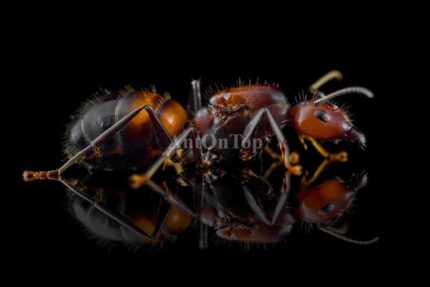
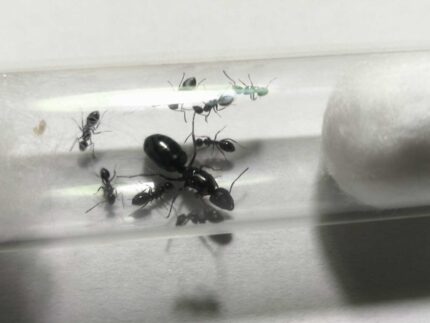
Camponotus parius
119,90 zł – 279,90 zł
Worldwide shipping
Free delivery over 500 PLN
The highest quality of goods
Live delivery guarantee
24/7 Personal Support
Fair Prices
Description
Camponotus parius is a monogynous ant species with colony sizes ranging from 2000 to 5000 workers. They have a fast development speed and come in various sizes, with queens measuring 12-14mm, workers measuring 6-9mm, and majors measuring 10-13mm. These ants are matte black in color with a golden sheen in bright light due to the presence of body hairs. They primarily feed on food insects like cockroaches and crickets, as well as syrup made from water and honey.
Additional information
| Behavior | |
|---|---|
| Difficulty in breeding | |
| Origin | |
| The size of ants | |
| Wintering |
Camponotus parius: A Fascinating Ant Species
Colony Type: Monogyny
Colony Size: Up to 5000 workers
Development Speed: medium
Size and Appearance
- Queen: 12-14 mm
- Workers: 6-9 mm
- Majors: 9-13 mm
With their matte black color and bodies covered in tiny hairs, these ants create a beautiful golden sheen when exposed to bright light.
Nutrition
- Food insects (such as cockroaches and crickets) dead, or live if colony is big
- Syrup (a mixture of water and honey or sugar, with a ratio of 4/3 water:1)
- Fruits and vegetables
- Jelly
- Cooked chicken without salt, shrimps
- Honey
Humidity and Temperature Requirements
- Humidity: Arena: 30-50%, Nest: 50-70%
- Temperature: Arena: 23-30 °C, Nest: 22-26 °C
Species Specific Traits
One of the most captivating traits of Camponotus parius is their hunting behavior. Observing these ants in action is truly mesmerizing. When a feeding ant discovers its prey, it quickly summons help, and soon after, a squadron of ants follows in pursuit. This cooperative hunting strategy showcases their remarkable teamwork and coordination within the colony.
In addition to that, Camponotus parius ants are known for their impressive tunneling ability. They can create extensive passages within their nests, resulting in intricate and impressive colonies. The complex network of tunnels not only provides a safe haven for the colony but also enables efficient movement and division of tasks among the workers.
Recommended Nest Types for Breeding
Camponotus parius can thrive in various types of nests as long as they meet their specific requirements. Some recommended nest materials include acrylic, cork, gypsum, aerated concrete, and earth. These materials provide suitable conditions for the ants to establish their colonies, nest, and carry out their activities.
Creating an optimal environment for Camponotus parius ants is essential to ensure their overall well-being and productivity. By understanding their size, appearance, nutritional needs, humidity and temperature preferences, as well as their unique traits and the recommended nest types, ant enthusiasts can successfully breed and observe these captivating creatures in captivity.


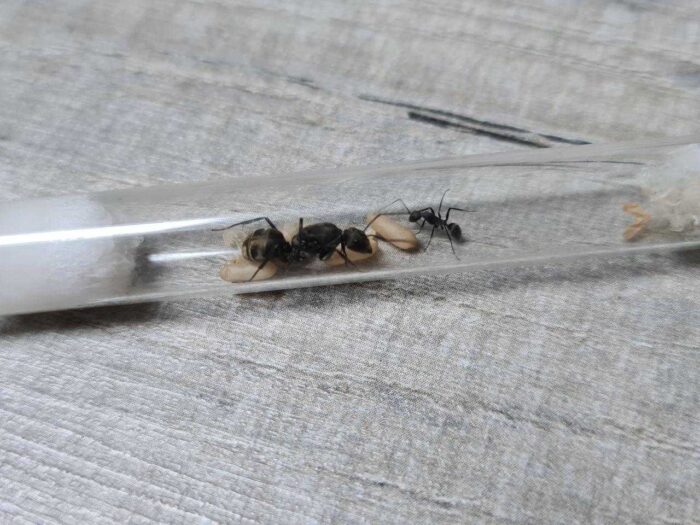
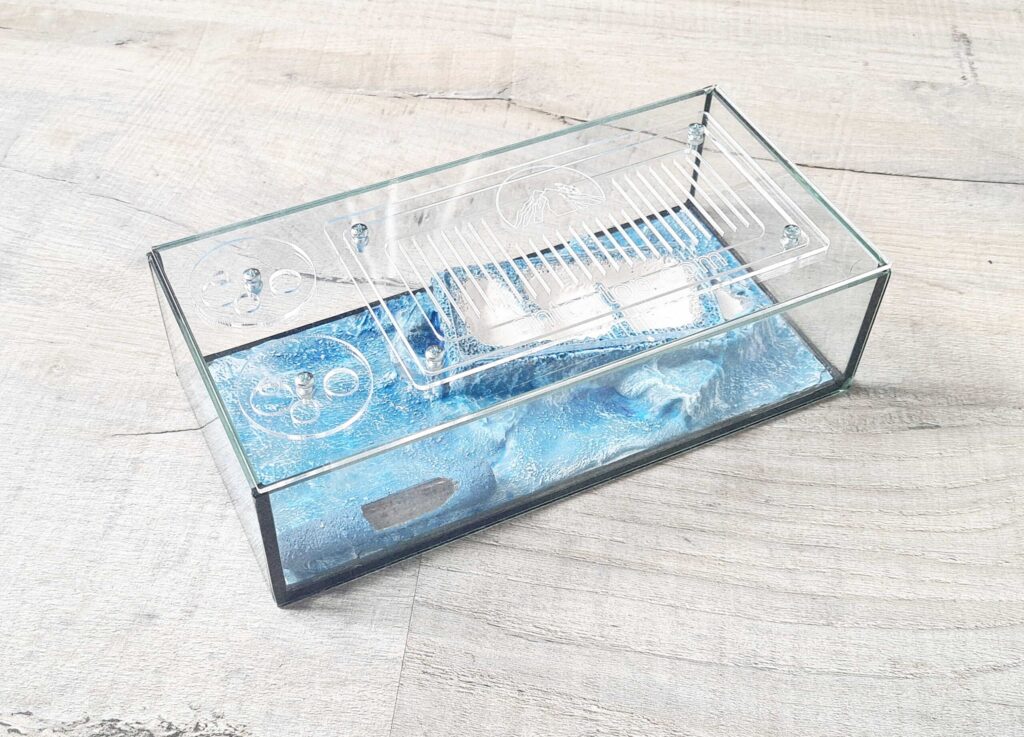
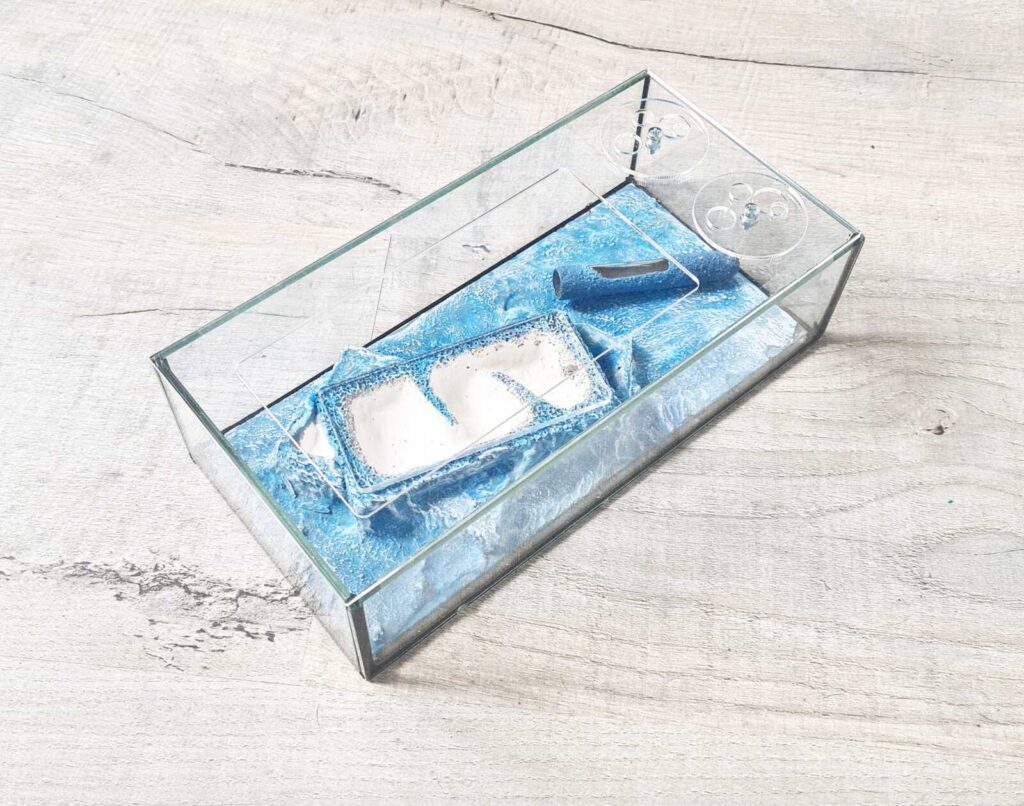

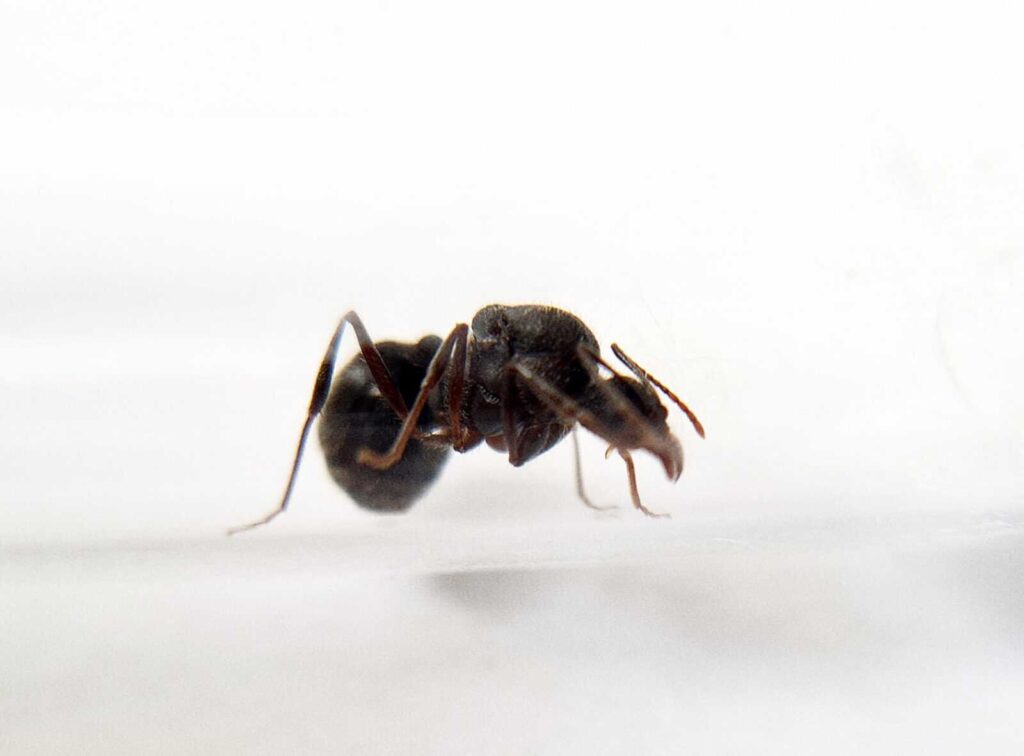
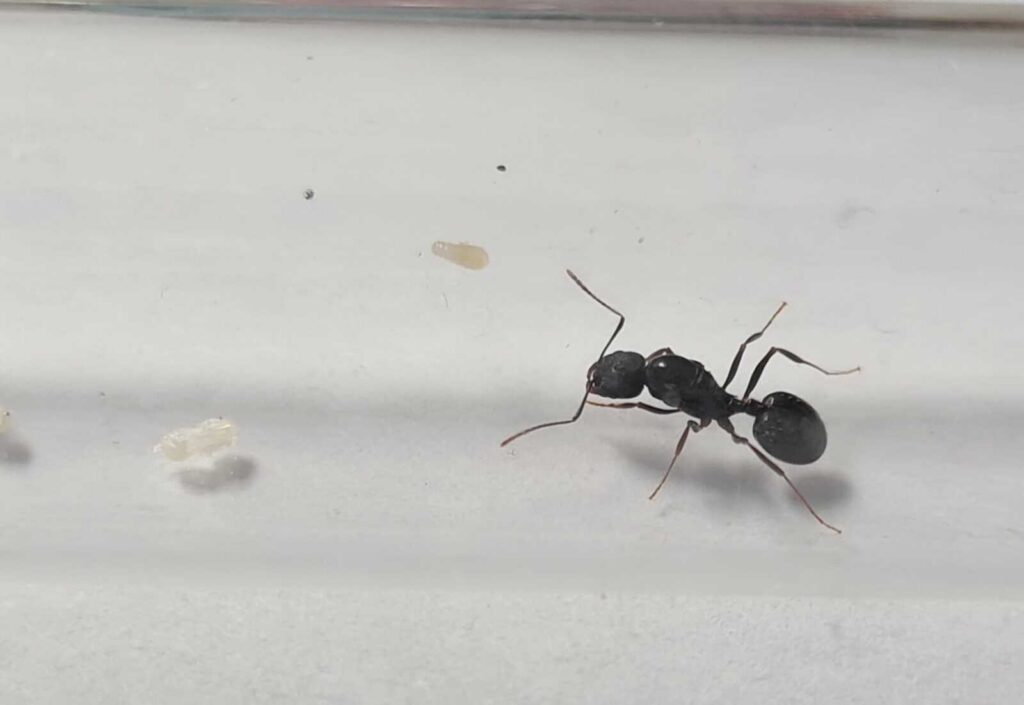


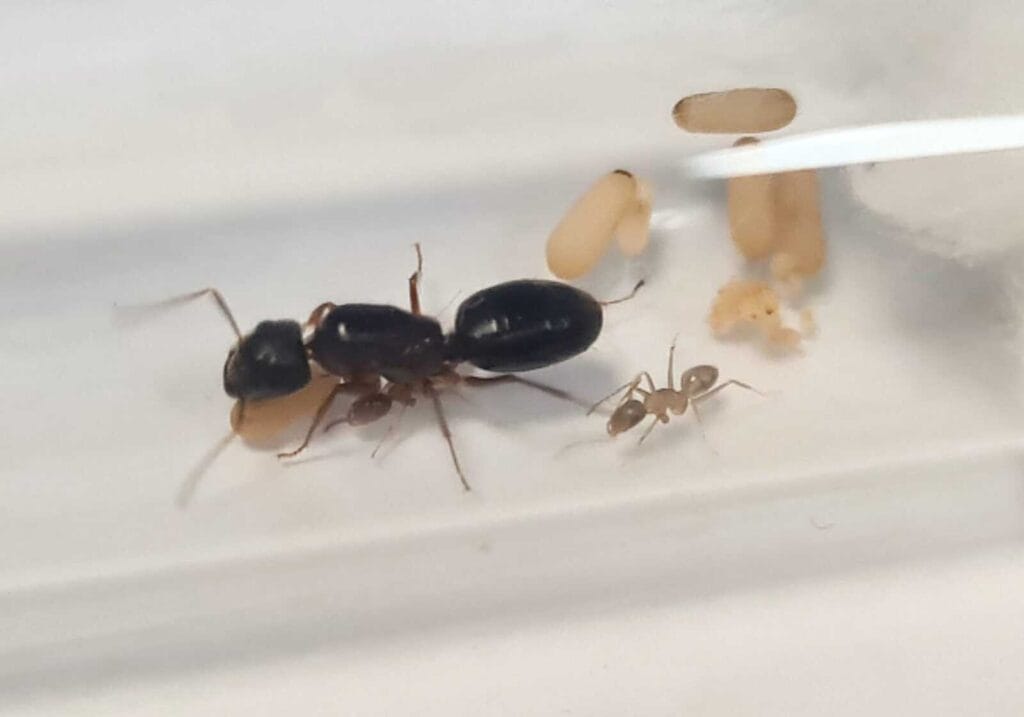
There are no reviews yet.